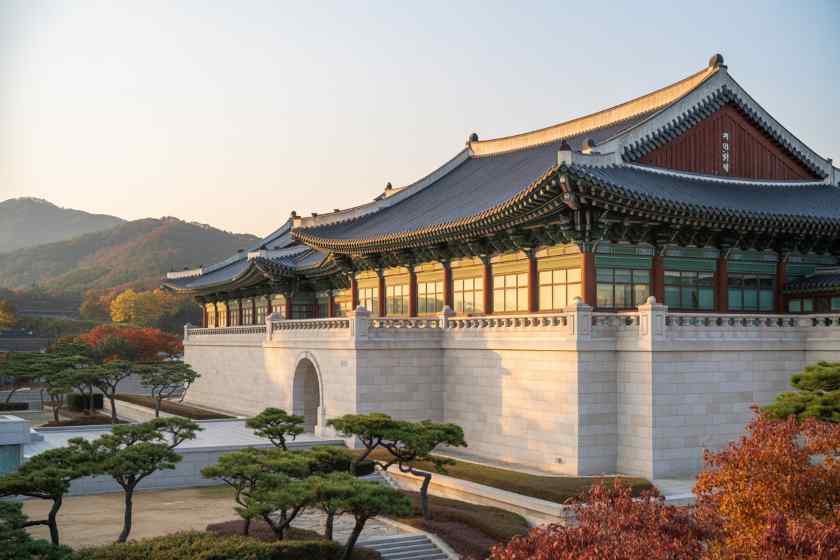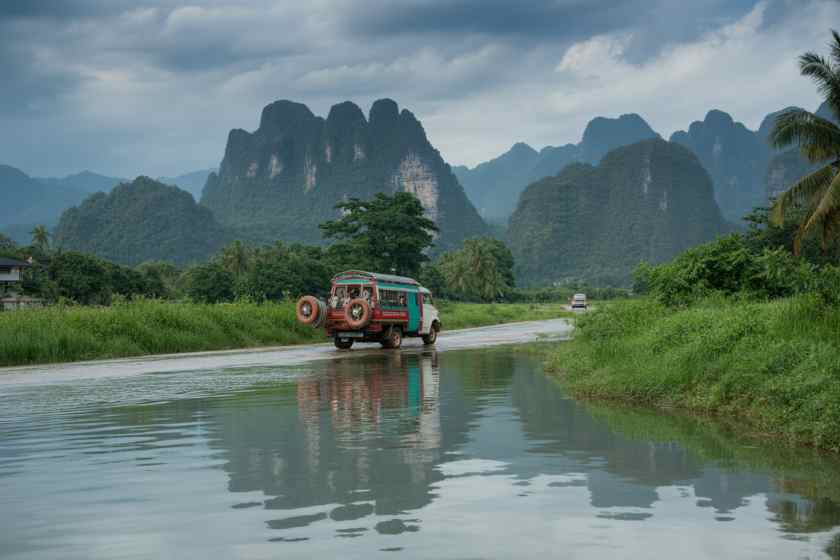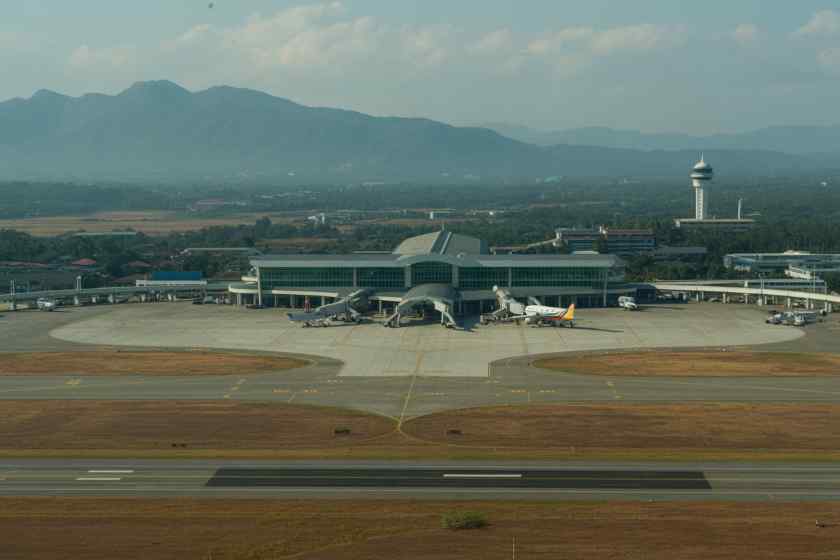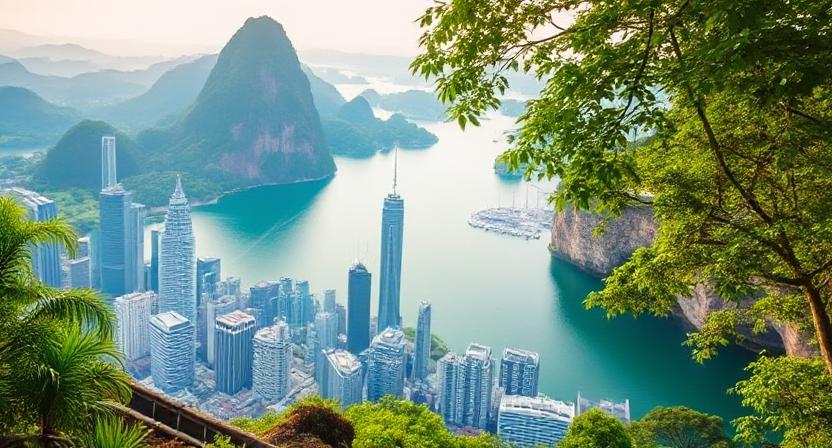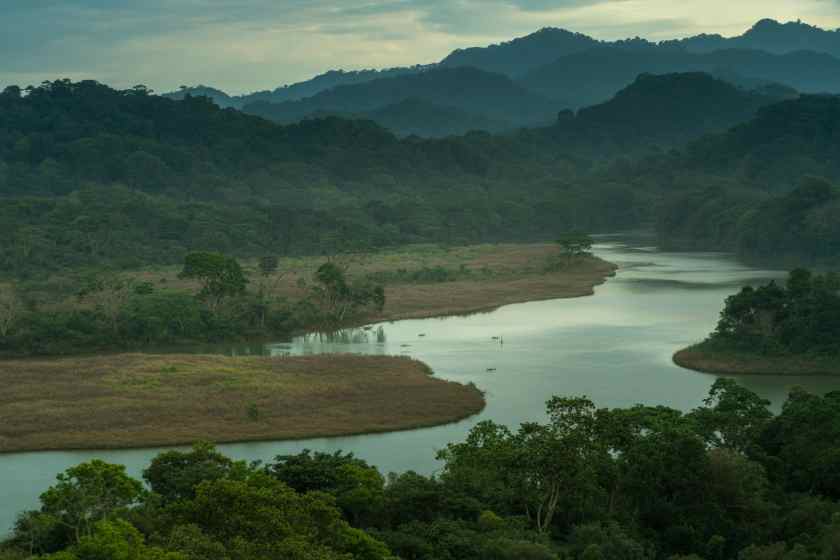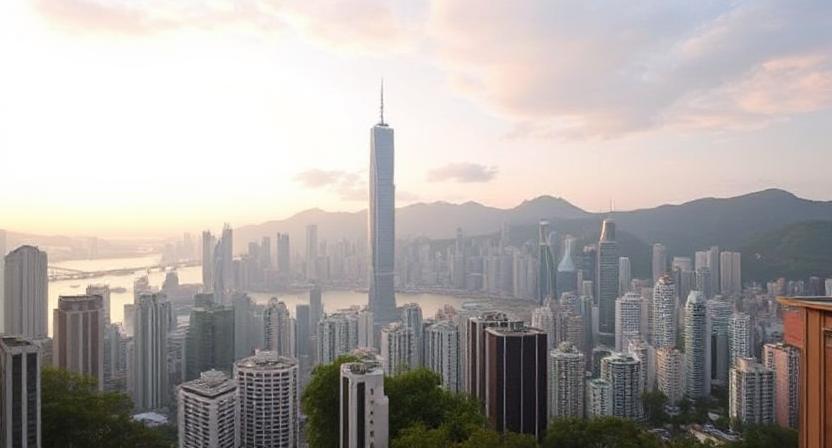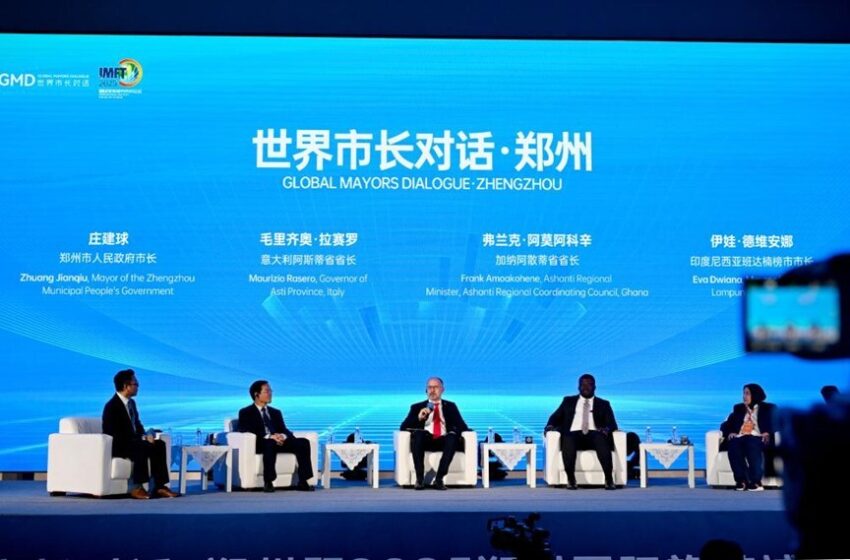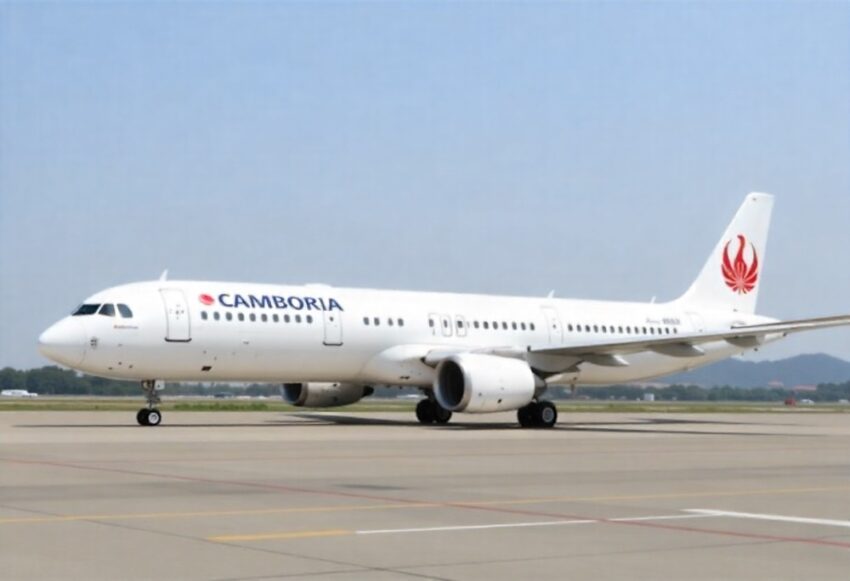Agoda and Busan City Sign Landmark MOU to Drive Tourism Growth, Positioning Busan as a Leading International Destination
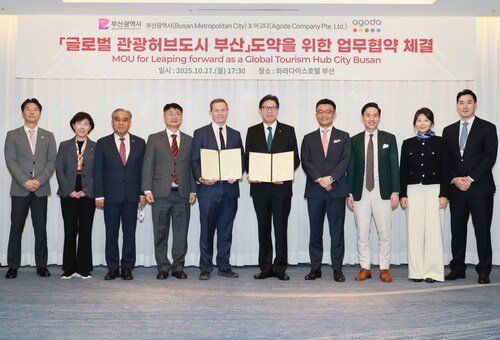
In an exciting development for South Korea’s tourism industry, Agoda, one of the world’s leading digital travel platforms, has officially partnered with Busan City to promote tourism and elevate the city’s international appeal. The two-year memorandum of understanding (MOU), signed on October 28, 2025, marks a groundbreaking collaboration between the global travel platform and a local government in South Korea. Agoda’s partnership with Busan will leverage the platform’s advanced media solutions and its global reach to position Busan as an even more attractive destination for travelers worldwide.
Busan, South Korea’s second-largest city, is already a popular tourist hotspot, known for its beautiful beaches, unique cultural landmarks, and vibrant festivals. With this new strategic partnership, Agoda and Busan City plan to enhance the city’s tourism offerings by promoting its distinctive attractions and diverse experiences. From the world-famous beaches of Haeundae and Gwangalli to cultural treasures like Jagalchi Market and Gamcheon Culture Village, Busan has a wealth of experiences waiting to be discovered by international travelers.
The partnership will focus on promoting Busan’s tourism assets through digital campaigns, online content, and events. It will also aim to increase international visibility and attract tourists not only from Asia but also from other parts of the world. With Agoda’s expertise in global travel and its robust marketing capabilities, this collaboration promises to create significant growth in tourism and contribute to the city’s economic and cultural development.
Key Features of the Agoda-Busan City Partnership
- MOU Agreement: The strategic two-year partnership between Agoda and Busan City will focus on stimulating tourism through collaborative efforts in marketing, media campaigns, and tourism-related initiatives.
- Promoting Busan’s Unique Attractions: By using Agoda’s global platform, the city’s cultural and natural attractions will gain global recognition. Key highlights include Haeundae Beach, Gwangalli Beach, Haedong Yonggungsa Temple, and the iconic Busan International Film Festival.
- Online Content Competition: To engage travelers, the collaboration includes a competition to create compelling online content that showcases Busan’s tourism attractions, increasing awareness and engagement from potential tourists globally.
- Agoda’s Global Reach: With over 6 million holiday properties, more than 130,000 flight routes, and 300,000 activities globally, Agoda offers a seamless travel experience, combining booking flexibility with global visibility.
- Local Gastronomy: Busan is fast becoming a culinary destination with a growing reputation for its local food scene, including Michelin Guide selections and popular dishes like pork soup, fish cakes, mil-myeon (wheat noodles), and ssi-at hotteok (sweet pancakes).
Why Busan is a Rising Global Destination
Busan, often considered the gateway to South Korea’s maritime culture, has long attracted travelers seeking both natural beauty and modern experiences. The city’s vibrant beaches, cultural landmarks, and festivals make it a year-round destination for tourists. Some of the most popular attractions include:
- Haeundae Beach: A world-famous beach destination known for its crystal-clear waters and a hub for water sports like surfing and yachting.
- Gwangalli Beach: A scenic spot that offers stunning views of the Gwangan Bridge, especially during the Busan Fireworks Festival.
- Jagalchi Market: A bustling fish market offering fresh seafood and an authentic glimpse into local life.
- Gamcheon Culture Village: Known for its colorful, art-filled streets, this picturesque village has become a must-visit destination for its vibrant street art and charming atmosphere.
- Haedong Yonggungsa Temple: A serene coastal temple offering breathtaking views of the ocean, it is a perfect example of Korea’s historical and spiritual culture.
In addition to its natural beauty and cultural attractions, Busan is rapidly becoming a food lover’s paradise, featuring local favorites such as fish cakes, pork soup, and mil-myeon, alongside a burgeoning Michelin Guide selection. These culinary experiences offer visitors a deeper connection to the local culture and cuisine, further positioning Busan as a must-visit global destination.
The Role of Agoda’s Media Solutions in Promoting Busan
Through this collaboration, Agoda’s media solutions will play a key role in promoting Busan’s tourism to the global market. By leveraging Agoda’s digital tools and insights, Busan City will be able to reach targeted audiences through effective marketing campaigns. These initiatives will feature engaging content, special offers, and travel tips that will help potential travelers discover and explore Busan more easily.
With its expertise in digital marketing and a global network of travelers, Agoda aims to position Busan as not just a popular domestic destination but as an international travel hotspot. This partnership is expected to bring increased global traffic, higher booking rates, and more tourism-related activities to the city, helping to boost its international profile.
The Future of Busan’s Tourism Growth
This partnership between Agoda and Busan City represents a forward-thinking approach to tourism growth. With Agoda’s vast international network and Busan’s unique cultural offerings, the collaboration is poised to create synergistic growth for the city’s tourism industry. The MOU is a clear indication of the growing importance of digital travel platforms in shaping the future of global tourism, and the Agoda-Busan partnership will likely serve as a model for similar initiatives in other cities worldwide.
As more international travelers seek meaningful travel experiences, Busan stands out as an ideal destination to offer a blend of natural beauty, cultural richness, and vibrant local life. This strategic partnership will help the city tap into new and emerging markets, creating a more accessible and attractive destination for tourists globally.
Conclusion: A New Era for Busan’s Global Tourism
In conclusion, the strategic partnership between Agoda and Busan City marks a major step forward in positioning Busan as a global tourism destination. By leveraging Agoda’s advanced marketing insights and the city’s unique attractions, this partnership aims to increase international awareness, enhance the tourism experience, and contribute to the city’s long-term growth in the competitive global tourism market.
Through effective use of digital marketing and collaboration with local businesses, Busan will be able to offer visitors an enriched and seamless travel experience, all while supporting its growing reputation as an exciting destination for global travelers.
The post Agoda and Busan City Sign Landmark MOU to Drive Tourism Growth, Positioning Busan as a Leading International Destination appeared first on Travel And Tour World.